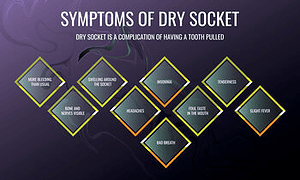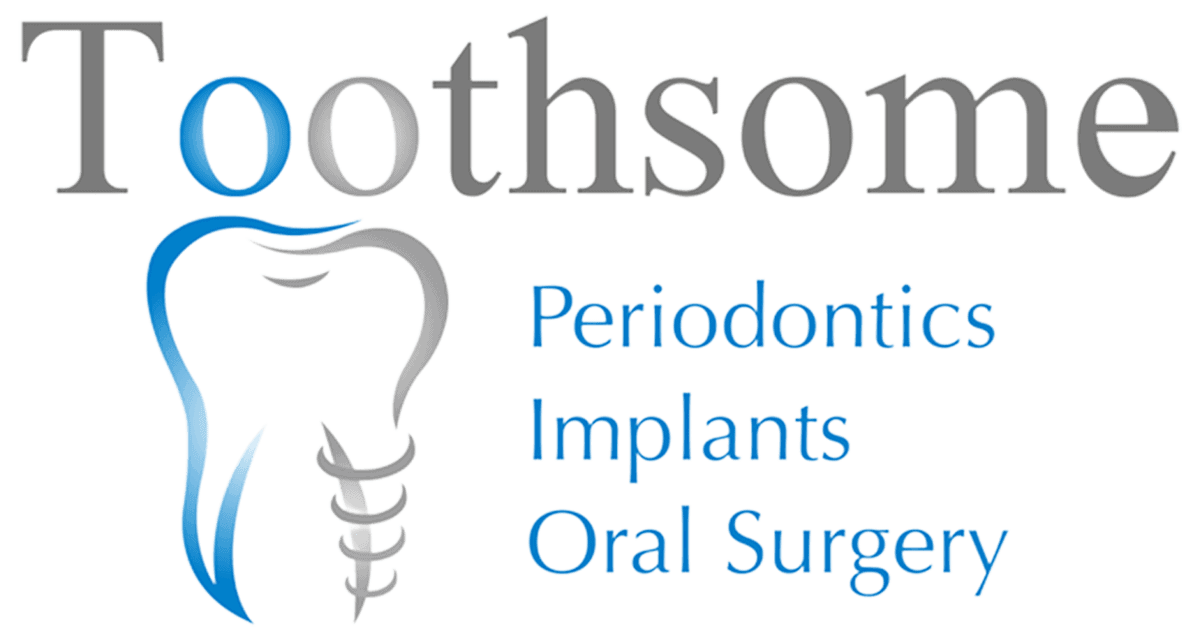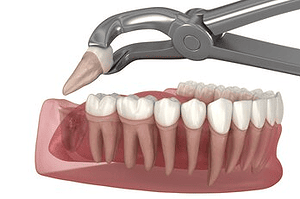Has your wisdom tooth extraction left you with a painful complication known as a “wisdom teeth dry socket”? This condition, also called alveolar osteitis, affects a small percentage of dental patients, but it significantly disrupts the healing process and often results in severe pain.
This comprehensive guide will delve into the world of wisdom teeth dry socket, its symptoms, risk factors, and potential treatment options so that you can navigate the aftermath of tooth extraction with confidence and optimal oral health.
What is a Dry Socket?
Typically, a blood clot forms in the tooth socket when you get a tooth extracted. This clot is a protective layer covering the underlying bone and nerves and promotes healing. However, when this clot is disturbed or dislodged prematurely, the empty tooth socket is exposed to food, air, and bacteria, resulting in a dry socket.
Though less common than some complications, dry socket is one of the most painful conditions that can occur following tooth extraction. Studies highlight that dry sockets occur in approximately 2-5% of tooth extractions, and this figure rises to around 30% when associated with wisdom teeth removal.
Recognising Dry Socket Symptoms
It’s crucial to identify the symptoms of dry socket for timely intervention. Dry socket pain is often the first sign patients notice. This intense pain usually kicks in a couple of days after the tooth extraction and can be accompanied by a throbbing sensation on the same side of the face.
Other symptoms of a dry socket include the presence of an empty socket where the dark blood clot should be, a bad taste and breath resulting from bacterial contamination.
Predisposing Factors: Understanding Risk Factors
Certain factors increase your risk of developing a dry socket. These include poor oral hygiene, difficult tooth extraction, smoking, use of oral contraceptives, and not following the dentist’s instructions post-extraction.
Smoking is particularly detrimental, interfering with blood clotting and the healing process. Furthermore, it creates a suction that can dislodge the blood clot. To ensure proper healing and prevent dry sockets, patients should stop smoking and avoid using tobacco products for at least 48 hours after extraction.
Dry Socket Prevention: Good Oral Hygiene and More
Maintaining good oral hygiene is paramount for preventing a dry socket and other post-operative complications. Adherence to your dentist’s post-operative instructions can significantly lower the chances of you developing a dry socket.
These instructions often include eating only soft foods for the initial days, refraining from using straws to prevent dislodging the clot and avoiding vigorous rinsing or spitting. A salt water rinse can be soothing and help clean the tooth extraction site. However, it should be done gently, not within the first 24 hours after extraction.
Cold packs applied externally can help with pain management and reduce swelling. Over-the-counter pain relief can also be beneficial but always check with your dental professional before taking any medication post-extraction.
Treating Dry Socket: Easing the Pain and Promoting Healing
Should you develop a dry socket, the first step is to contact your dentist. They will clean the surgical site, removing any debris from the tooth socket, before placing a medicated dressing over the affected area. This dressing protects the exposed underlying bone, relieves pain, and promotes healing.
Pain is the most debilitating feature of a dry socket, and its management is a priority. Your dentist may recommend pain relief medications or anaesthetic gels besides medicated dressings. They might also prescribe an antimicrobial mouth rinse to prevent infection.
Remember, managing a dry socket is not a one-off event. It might require multiple visits to the dentist’s office for dressing changes until the socket heals properly.
Preemptive Strategies: Steps Before Extraction

While we’ve covered how to manage dry sockets post-extraction, it’s equally important to discuss the preemptive measures taken before the wisdom teeth extraction. Your dentist can take certain steps to reduce your risk of developing a dry socket.
One of the most common techniques is using sutures (stitches) to secure the blood clot within the tooth socket. This is often coupled with the application of a surgical dressing that covers the extraction site and protects it from external influences that may dislodge the clot. It’s a valuable approach, especially for patients with known risk factors.
Additionally, having a candid conversation with your dentist about any medications you’re currently taking is vital. Certain drugs, like oral contraceptives and medications that impair blood clotting, can increase the risk of dry sockets. Your dentist might adjust the timing of your extraction to the point in your menstrual cycle when estrogen levels are lowest to reduce this risk.
The Role of Nutrition in Healing
While we’ve touched on the recommendation for eating only soft foods after extraction, it’s worth exploring further how nutrition plays a role in the healing process. Post-extraction, your body needs to rebuild tissues and combat any potential infection, making proper nutrition essential.
Iron, vitamin C, and protein-rich foods can aid in the healing process. For the first few days post-extraction, aim for a diet rich in soft yet nutritious foods like yoghurt, mashed bananas, and pumpkin soup. Remember to keep well-hydrated but avoid carbonated beverages as they may disrupt the blood clot.
The Psychological Impact of Dry Socket
The severe pain of a dry socket can have psychological implications, including anxiety and stress, that might hinder your recovery. It’s important to adopt stress management techniques during this period. Relaxation exercises, deep breathing, and ensuring sufficient rest can all contribute to a more positive healing experience.
Wisdom Teeth Dry Socket: Don’t Ignore the Pain
Dry socket, while a common complication of tooth extraction, is a painful condition that can disrupt normal activities and delay healing. The throbbing pain, unpleasant taste, and bad breath associated with it are not something to ignore. If you’ve had a wisdom tooth removal recently and are experiencing these symptoms, reaching out to a dental professional is crucial.
Being informed and proactive about your oral health is the key to preventing and managing dry sockets. Understanding the risk factors, taking proper care post-extraction, and promptly reporting any worsening pain can all contribute to a smoother, less painful healing process.
The path to relief from dry socket pain starts with an expert’s touch. Don’t delay your healing if you’re suffering from wisdom teeth dry socket. Book a consultation with Toothsome today. Our team of experienced dental professionals is ready to guide you through the healing process, offering effective treatment options and ensuring your comfort along the way. Don’t let dry socket hold you hostage to pain. Reach out to Toothsome Implants Chatswood today, and let us help you smile again.




